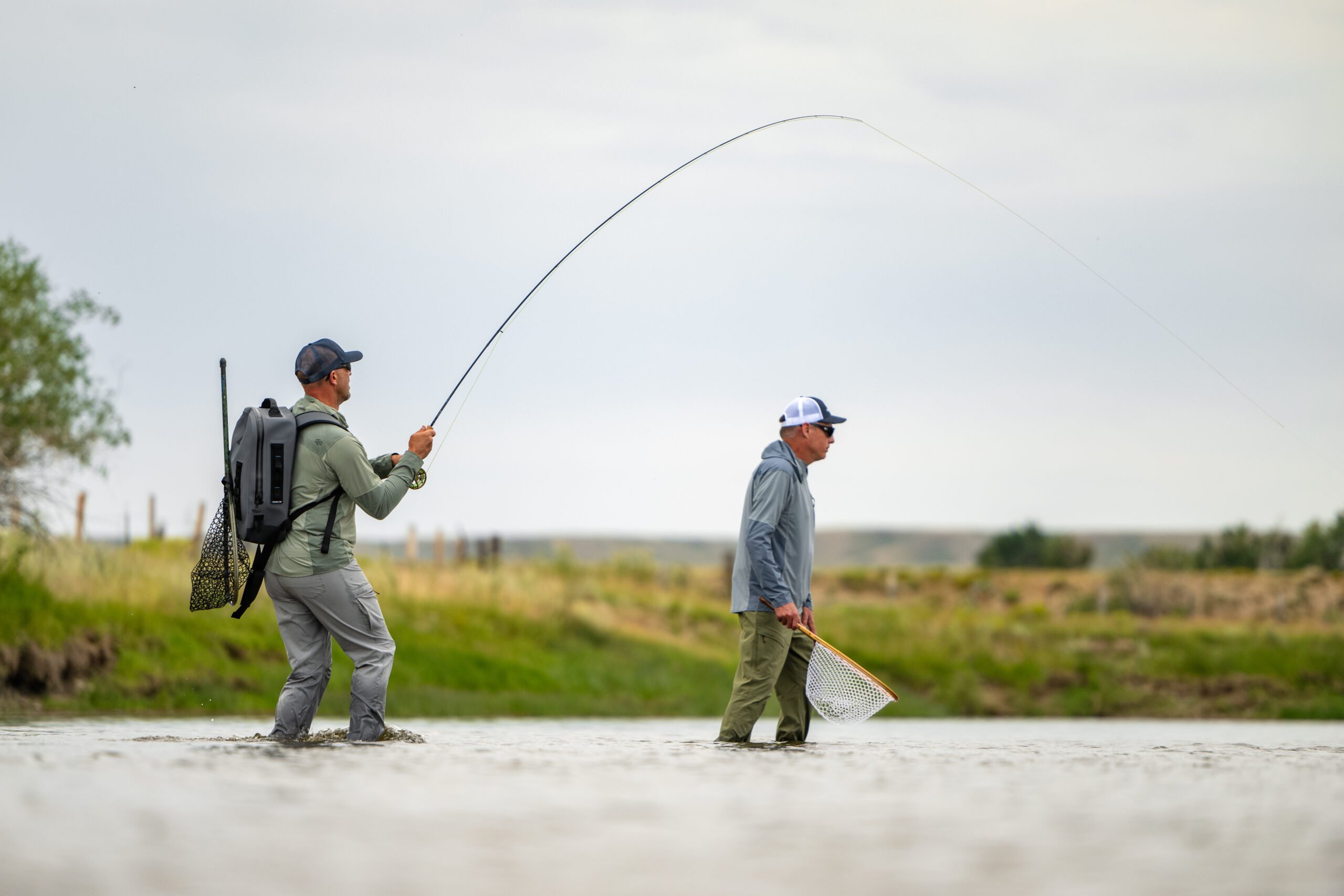
The roll cast is an indispensable skill for any fly angler. It enhances your ability to cast in tight spaces, manage line effectively, and present your fly naturally to fish. As you transition from novice to intermediate, refining this technique will not only improve your casting but also elevate your overall fishing experience. Remember, every time you step onto the water, there’s an opportunity to grow as an angler. So, gear up, grab your rod, and head out to embrace the beauty while mastering the roll cast. Here’s some quick tips to mastering the roll cast.
Step 1: Setup
Begin with about 30 feet of line extended in front of you. You want minimal slack in the line to ensure a smooth execution. If you’re right-handed, position the rod in front of you and about 15 to 20 degrees to the right side.
Step 2: The Drag Back
In this phase, drag the line slowly back, sweeping rod to the right (or left) until the rod is around 90 degrees from your forward position. The key here is to maintain a deliberate pace. A common mistake is to rush this movement, which can lead to a failed cast. Keep the fly line in contact with the water, ensuring it doesn’t jump behind you, which is crucial for maintaining the necessary tension.
Step 3: The Ready Position
Once you’ve drug the line back, tilt the rod by rotating it toward the shoulder and pointing to the sky to an angle of about 10 to 20 degrees away from your vertical. This is your ‘ready position.’ Here, you’ll form a D-loop with the line forming the curve of the D to the side and behind you, it should not extend in front or too far to the side. The D should be 180 degrees away from your target. This will allow all the lines to move toward the target on a forward cast without crossing.
Step 4: The Forward Cast
Now it’s time for the cast itself. Accelerate the rod smoothly and make a positive stop. This action pulls the line off the water and allows it to unroll in front of you. Focus on moving the rod tip in a straight line to ensure a clean loop. Remember that the straight-line path of the rod tip comes from that smooth acceleration and is the basis for a good loop or 1-3’ high C-shape of the line as it unrolls over the water. The direction of your rod tip will determine the trajectory of the cast—upward will send the loop high, while downward will cause it to crash into the water.
Step 5: Execution and Presentation
As the fly unrolls, it should gently land on the water. The roll cast is particularly effective for time to wait from D-loop formation until delivery, as you can hold the D-loop position until you see a fish rise or turn to look where you want to cast. The moment you spot a potential catch, you can make your forward cast with confidence.
~ Jeff Wagner, Master Certified Fly Casting Instructor, Field Editor, Fly Fusion


